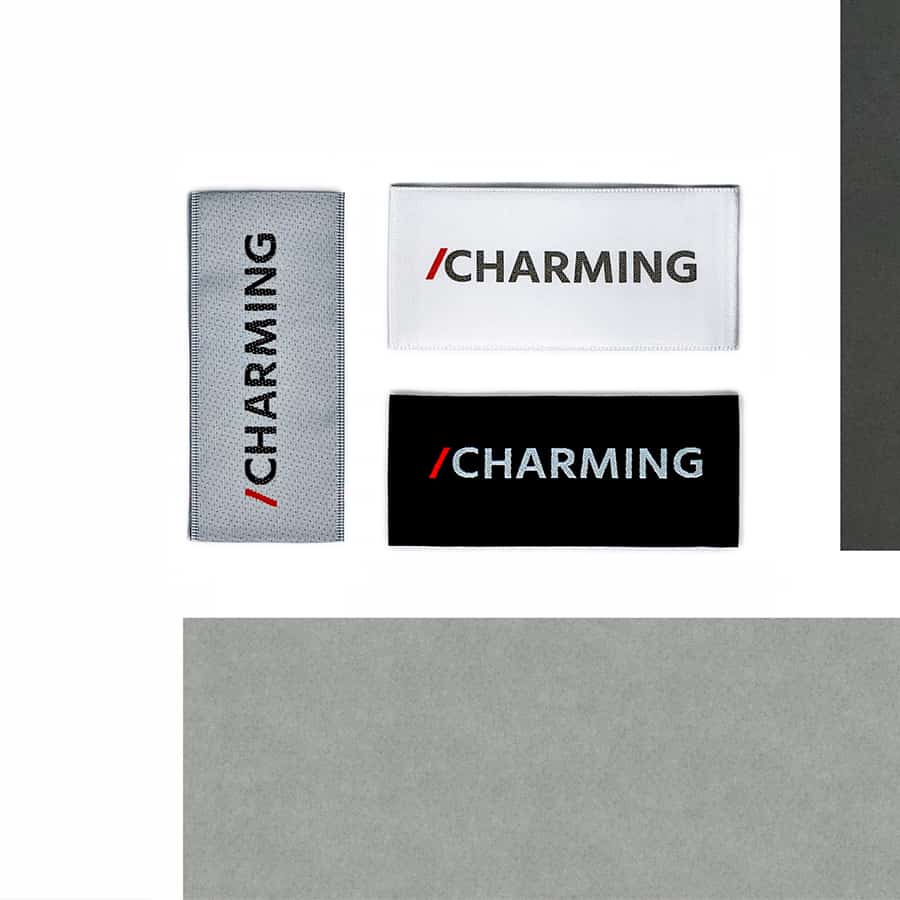Every detail matters in today’s competitive marketplace, and great packaging can be the key to winning over consumers. But as you know, packaging is also a significant expense. Manufacturers spend over $150 billion annually on packaging, making up roughly 7 to 10 cents of every dollar that goes into a product.
At the same time, excessive packaging has become a turn-off for eco-conscience consumers. In fact, 71% of consumers believe retailers use too much packaging. The good news? By adopting smarter packaging strategies, you can cut costs, reduce waste, and align with consumer expectations, all while boosting your bottom line. Here’s how:
1. Optimize material usage
While this may seem obvious, a research study found that 80% of businesses knowingly used packaging that isn’t properly sized for their products. By optimizing pattern efficiency and refining material-cutting techniques, you can significantly reduce excess packaging and waste. Using digital tools will help your company analyze packaging and minimize excess material.
2. Standardize packaging sizes
Creating custom packaging for every product can also be a budget drain. Standardizing packaging improves efficiency and reduces waste. By minimizing SKUs for trims and packaging, your company lowers custom production costs while streamlining logistics.
Having fewer packaging variations reduces storage needs and lowers the risk of unused packaging if a product underperforms. For packaging that fits your products and boosts your bottom line, implement modular designs that work across multiple items.
3. Reduce over-packaging
Packaging is a powerful tool for creating a brand experience, but it can alienate your consumers. A Statista study found that 49% of consumers avoid products with excessive packaging.
Eliminate unnecessary layers, inserts, and branding elements to streamline packaging without sacrificing protection or aesthetics. For a premium brand experience, your company can leverage digital labels like NFC or QR codes to enable interactive engagement without adding extra physical packaging.
4. Leverage sustainable alternatives
Beyond reducing packaging, consider sustainable alternatives. While, at one time, sustainable materials meant excessive costs, we’ve come a long way in balancing environmental friendliness with affordability. Recycled and recyclable materials expand the circular economy without breaking the bank. They help brands meet sustainability goals while appealing to eco-conscious consumers and regulations.
5. Improve supplier negotiation & bulk ordering
While some optimization efforts may require major design or supply chain adjustments, strengthening supplier relationships is a step you can take right away.
Collaborate with suppliers to secure bulk discounts without overcommitting to excess inventory. Long-term partnerships can also unlock better pricing and priority access to materials, giving your company a competitive edge.
6. Invest in automation & technology
Invest in long-term savings by embracing automation and smart technology. Automated cutting, folding, and sealing processes can significantly reduce labor costs, while AI and predictive analytics optimize material usage and order volumes.
For instance, your company can leverage RFID for superior inventory management and cost savings. Real-time tracking with RFID helps your company keep products in the right place at the right time, reducing errors and lowering return rates. Additionally, RFID streamlines the return process, quickly getting items back on the floor and minimizing losses.
7. Consider lightweight materials
Reducing packaging and trim weight is a simple yet effective way to lower shipping costs. Lighter trims and packaging reduce transportation expenses and decrease environmental impact by lowering fuel consumption and emissions.
To ensure durability, test alternative materials such as reinforced paper-based solutions, bio-based plastics, or lightweight composites that maintain strength while minimizing weight.
8. Minimize damage
Lightweight packaging and trim don’t have to mean lower quality. Durable, high-quality packaging is essential for protecting products and reducing costly returns due to damage. Investing in better materials and smarter designs ensures that your packaging remains both lightweight and strong, offering the best of both worlds.
9. Conduct regular cost & efficiency audits
Finally, regular cost and efficiency audits are crucial for optimizing packaging, reducing expenses, and maintaining a competitive edge. Conducting quarterly analyses of production and packaging costs helps identify savings opportunities while periodically testing new materials or suppliers ensures your company remains cost-effective and competitive.
At Charming, we’re here to support your trim and packaging needs. Whether you're a long-term partner looking to enhance your trim/packaging or a new partner aiming to streamline them, we’re ready to help. Contact us today!
.png)

